

Articles
How To Store A Sleeping Bag
Modified: April 22, 2024
Learn the proper way to store a sleeping bag with our informative articles. Keep your sleeping bag in great shape for your next outdoor adventure.
(Many of the links in this article redirect to a specific reviewed product. Your purchase of these products through affiliate links helps to generate commission for Storables.com, at no extra cost. Learn more)
Introduction
When it comes to outdoor adventures, a good-quality sleeping bag is an essential piece of equipment. Whether you’re planning a camping trip or embarking on a hiking expedition, a comfortable and well-maintained sleeping bag can make all the difference in ensuring a good night’s sleep. However, when the adventure comes to an end, proper storage of your sleeping bag is crucial to maintain its performance and prolong its lifespan.
In this article, we will guide you through the step-by-step process of storing your sleeping bag effectively. From cleaning and drying to folding and choosing the right storage bag, we will cover all the essential aspects to ensure your sleeping bag remains in optimal condition until your next outdoor adventure.
Proper storage not only preserves the insulation and loft of your sleeping bag but also prevents mold, mildew, and other damage that can occur due to improper storage. By following these simple yet effective guidelines, you can extend the life of your sleeping bag and ensure its performance in the long run.
Key Takeaways:
- Properly storing your sleeping bag is crucial for maintaining its performance and longevity. Follow the steps outlined in this article to ensure your sleeping bag remains fresh, clean, and ready for your next outdoor adventure.
- From cleaning and drying to folding and choosing the right storage bag, each step plays a vital role in preserving the insulation, preventing damage, and keeping your sleeping bag in optimal condition. Take the time to care for your gear, and it will reward you with warmth, comfort, and durability on your future outdoor expeditions.
Read more: How To Store Sleeping Bags
Step 1: Cleaning the Sleeping Bag
Before storing your sleeping bag, it’s important to give it a thorough cleaning. Over time, dirt, sweat, body oils, and other debris can accumulate on the fabric, affecting its insulation and overall performance. Cleaning your sleeping bag not only helps maintain its functionality but also ensures a fresh and hygienic sleeping environment for your next adventure.
The cleaning method may vary depending on the type of sleeping bag you have – down-filled or synthetic. Here are some general guidelines to follow:
- Check the manufacturer’s instructions: Look for any specific cleaning instructions provided by the manufacturer. Some sleeping bags are machine washable, while others require hand washing.
- Spot cleaning: If there are any visible stains or spots on the sleeping bag, gently dab them with a mild detergent and warm water. Avoid scrubbing vigorously, as this can damage the fabric and insulation.
- Machine washing (for synthetic sleeping bags): If your sleeping bag is suitable for machine washing, set your machine to a gentle cycle with cool water. Use a mild detergent specifically formulated for technical fabrics. Avoid using fabric softeners or bleach, as they can degrade the insulation.
- Hand washing (for down-filled sleeping bags): Down-filled sleeping bags require more delicate care. Fill a bathtub or a large basin with cool water and add a gentle down-specific detergent. Gently agitate the sleeping bag in the water, paying extra attention to heavily soiled areas.
- Rinsing: Thoroughly rinse the sleeping bag to remove any soap residue. Repeat rinsing if necessary.
After cleaning, make sure to completely dry your sleeping bag before proceeding to the next step. Damp or wet conditions can promote the growth of mold and mildew, leading to foul smells and potential damage to the insulation.
Remember, proper cleaning lays the foundation for a well-maintained sleeping bag, ensuring its performance and longevity in the years to come.
Step 2: Drying the Sleeping Bag
After cleaning your sleeping bag, the next crucial step is to ensure it is thoroughly dried before storage. Proper drying is essential to prevent the growth of mold, mildew, and unpleasant odors that can compromise the integrity of the insulation.
Here are some guidelines to effectively dry your sleeping bag:
- Hang drying: One of the best methods to dry your sleeping bag is by hanging it outdoors on a clothesline. Choose a shaded area to prevent direct exposure to sunlight, which can cause fading and damage the fabric. Simply hang the sleeping bag by its loops or use clothespins to secure it in place.
- Do not use a dryer: Avoid using a dryer, as the heat and agitation can damage the fabric and insulation of your sleeping bag. High temperatures can cause synthetic fibers to melt or clump together, while down-filled sleeping bags can lose their loft and become lumpy.
- Fluff and shake: While the sleeping bag is drying, take a moment to fluff and shake it periodically. This helps to restore the loft and redistribute the insulation evenly, ensuring maximum warmth and comfort.
- Check for damp areas: After a few hours of hang drying, check for any lingering damp spots. If you notice any moisture, gently blot the areas with a clean, absorbent towel and continue drying until completely dry.
- Consider using a drying rack: If outdoor drying is not possible or if you prefer to dry your sleeping bag indoors, using a drying rack is a suitable alternative. Place the rack in a well-ventilated area away from direct heat sources. Make sure to periodically flip the sleeping bag to ensure even drying.
Keep in mind that the drying process may take some time, especially for thicker or larger sleeping bags. Be patient and allow the sleeping bag to fully dry before proceeding to the next step. Rushing the drying process can result in moisture retention and potential damage to the insulation.
By following these drying techniques, you can effectively remove any moisture from your sleeping bag, preserving its quality and ensuring a comfortable night’s sleep during your next outdoor adventure.
Step 3: Folding the Sleeping Bag
Properly folding your sleeping bag is essential to prevent unnecessary wear and tear, and to ensure efficient storage. Follow these steps to fold your sleeping bag in a neat and compact manner:
- Lay your sleeping bag flat: Start by laying your sleeping bag on a clean and dry surface. Smooth out any wrinkles or creases to prepare it for folding.
- Zip up and secure: Before folding, make sure to zip up the sleeping bag completely. This helps maintain its shape during the folding process.
- Roll or stuff method: There are two common methods for folding a sleeping bag: rolling or stuffing. Choose the method that works best for your sleeping bag and personal preference.
- Roll method: For this method, start by folding the sleeping bag in half lengthwise. Then, starting from the foot end, tightly roll the sleeping bag towards the head end. Once rolled, secure any straps or toggles to keep it compact.
- Stuff method: Alternatively, you can stuff your sleeping bag into its storage bag or stuff sack. Start by loosely folding the sleeping bag – this can be done in various ways, such as folding it in thirds or folding it like a burrito. Once folded, gently stuff the sleeping bag into the storage bag, making sure to evenly distribute the insulation.
- Avoid sharp folds: When folding or rolling your sleeping bag, try to avoid sharp creases or folds, as they can cause permanent damage to the insulation. Instead, aim for gentle and smooth folds to maintain the integrity of the sleeping bag.
- Secure the folded sleeping bag: Once folded or rolled, secure your sleeping bag in its storage bag or stuff sack. Make sure the storage bag is clean and dry to prevent any moisture retention.
By properly folding your sleeping bag, you not only save space but also ensure that it stays in good condition during storage. Remember to store your sleeping bag in a cool, dry place to further protect it from any potential damage.
With these folding techniques, you can easily store your sleeping bag with minimal effort and maximum efficiency, ready for your next outdoor adventure.
When storing a sleeping bag, make sure it is completely dry to prevent mold and mildew. Store it in a large breathable sack or hang it in a cool, dry place to maintain its loft and insulation.
Step 4: Choosing a Storage Bag
Choosing the right storage bag for your sleeping bag is an important step in ensuring its longevity and protection. A suitable storage bag not only keeps your sleeping bag clean and organized but also shields it from dust, dirt, and potential damage. Here are some factors to consider when selecting a storage bag:
- Size: Ensure that the storage bag is appropriately sized for your sleeping bag. It should be spacious enough to accommodate your sleeping bag without excessive compression, which can damage the insulation. At the same time, it should not be too large, as excess space can lead to the shifting of the sleeping bag during storage.
- Material: Look for a storage bag made of a breathable and lightweight material. This allows proper air circulation, preventing moisture buildup and ensuring the sleeping bag remains fresh. Nylon or mesh fabric bags are often recommended for their breathability and durability.
- Closures: Opt for a storage bag with a secure closure system. A drawstring closure or a zipper with reinforced seams ensures that your sleeping bag is properly enclosed and protected from dust and debris.
- Water-resistant: While a storage bag doesn’t need to be fully waterproof, choosing a bag with water-resistant properties adds an extra layer of protection. This is especially important if you plan to store your sleeping bag in potentially damp or humid environments.
- Labeling: Consider a storage bag with a clear window or a labeling system. This allows you to quickly identify the sleeping bag without having to open each bag to check its contents.
- Additional features: Some storage bags come with extra features that can be useful for organization and convenience. These may include exterior pockets for storing small accessories like repair kits or compression straps to further reduce the size of the bag.
Take into account these factors when selecting a storage bag for your sleeping bag. Investing in a high-quality storage bag will help protect your sleeping bag during storage and keep it in optimal condition for future adventures.
Read more: How To Store A Down Sleeping Bag
Step 5: Storing the Sleeping Bag in a Dry Place
After cleaning, drying, folding, and choosing the right storage bag, the final step is to store your sleeping bag in a dry and appropriate location. Proper storage plays a crucial role in maintaining the quality and performance of your sleeping bag. Here’s what you need to know:
- Avoid damp or humid areas: Moisture is the enemy of a sleeping bag, as it can lead to mold, mildew, and unpleasant odors. Choose a storage location that is dry and well-ventilated, preferably away from damp basements, garages, or areas prone to humidity. If possible, use a dehumidifier or moisture-absorbing products in the storage area.
- Keep away from direct sunlight: Prolonged exposure to direct sunlight can cause fading and damage to the fabric and insulation of your sleeping bag. Choose a storage location away from windows or strong sources of UV radiation.
- Avoid excessive compression: While it’s important to have a storage bag that fits your sleeping bag properly, it’s equally crucial to avoid excessive compression. Over-compressing your sleeping bag for long periods can lead to the loss of insulation loft and degrade its performance. Allow some room for the sleeping bag to breathe and retain its natural loft.
- Store in a hanging position: If you have enough space, consider hanging your sleeping bag instead of storing it in a compressed state. Hanging helps maintain the loft and minimizes the risk of insulation damage. Use a sturdy hanger or hooks to support the weight of the sleeping bag.
- Regularly check and air out: Periodically inspect your sleeping bag during storage to ensure there are no signs of moisture, insects, or any other damage. If possible, take it out of the storage bag and air it out in a clean and dry area. This helps to refresh the sleeping bag and prevents any potential issues from going unnoticed.
By storing your sleeping bag in a dry place with proper ventilation and minimal compression, you can ensure its longevity and optimal performance for future outdoor adventures.
Now that you have gone through all the steps of storing your sleeping bag effectively, you can rest assured that it will be ready for your next camping trip or hiking expedition. By following these guidelines, you will be able to enjoy the warmth, comfort, and durability of your sleeping bag for years to come.
Conclusion
Caring for and properly storing your sleeping bag is essential for maintaining its performance, longevity, and overall comfort. By following the steps outlined in this article, you can ensure that your sleeping bag remains in optimal condition, ready for your next outdoor adventure.
From cleaning and drying to folding and choosing the right storage bag, each step plays a crucial role in preserving the insulation, preventing damage, and keeping your sleeping bag fresh. By cleaning your sleeping bag regularly, you remove dirt, sweat, and oils that can affect its performance. Thoroughly drying it before storage prevents mold and mildew growth. Folding or rolling your sleeping bag properly reduces unnecessary wear and tear. Choosing a suitable storage bag helps protect it from dust and damage. And finally, storing it in a dry place ensures its integrity and insulation.
Remember to always follow the manufacturer’s instructions for cleaning and care, as different types of sleeping bags may have specific requirements. Additionally, periodically inspect and air out your sleeping bag during storage to catch any potential issues before they become a problem.
A well-maintained sleeping bag not only enhances your outdoor sleeping experience, but it also saves you money by prolonging the life of your gear. So, take the time to properly clean, dry, fold, choose the right storage bag, and store your sleeping bag in a suitable location. Your future self will thank you when you’re snug and comfortable in your sleeping bag on your next camping or hiking adventure.
Frequently Asked Questions about How To Store A Sleeping Bag
Was this page helpful?
At Storables.com, we guarantee accurate and reliable information. Our content, validated by Expert Board Contributors, is crafted following stringent Editorial Policies. We're committed to providing you with well-researched, expert-backed insights for all your informational needs.
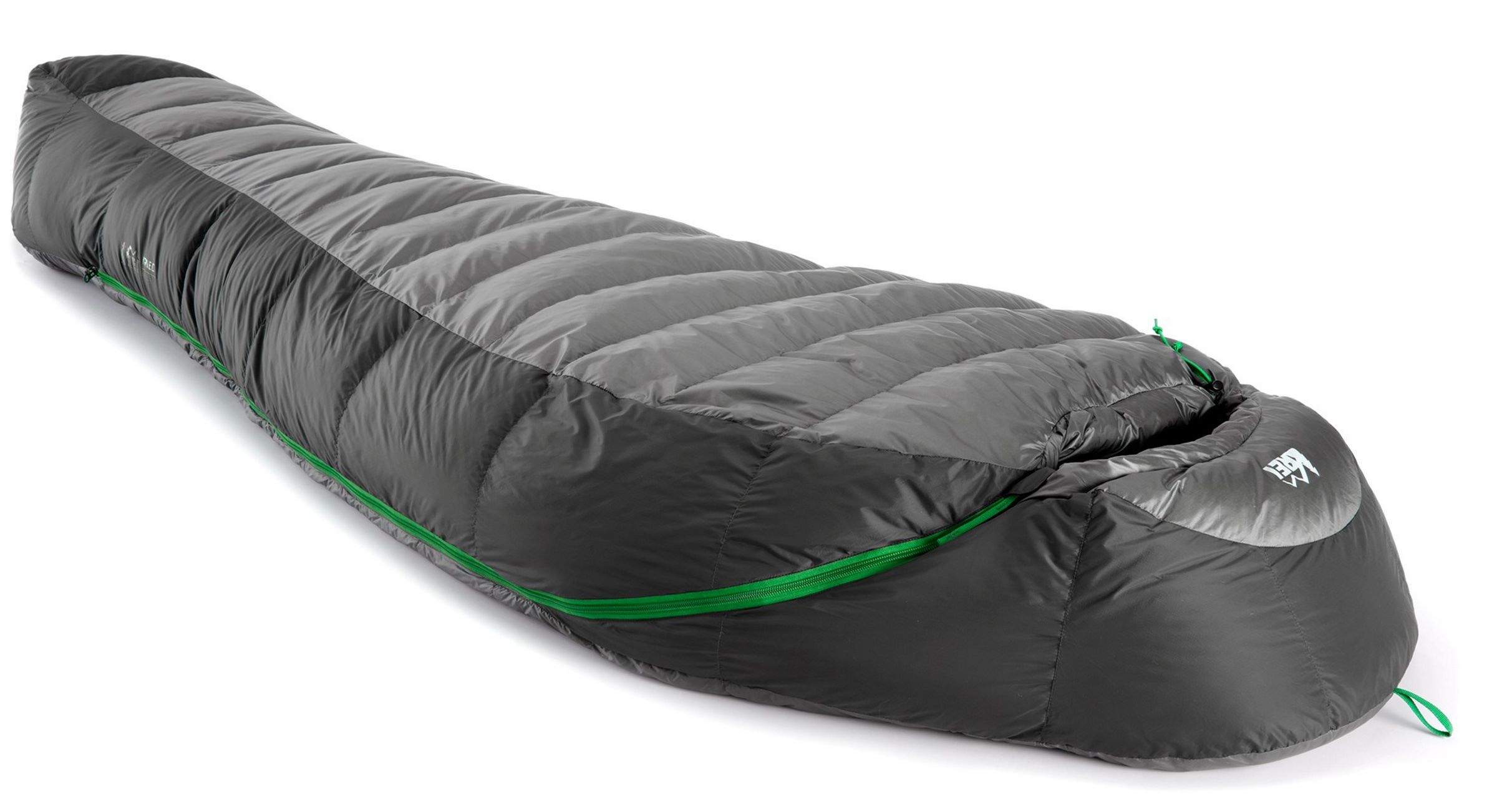
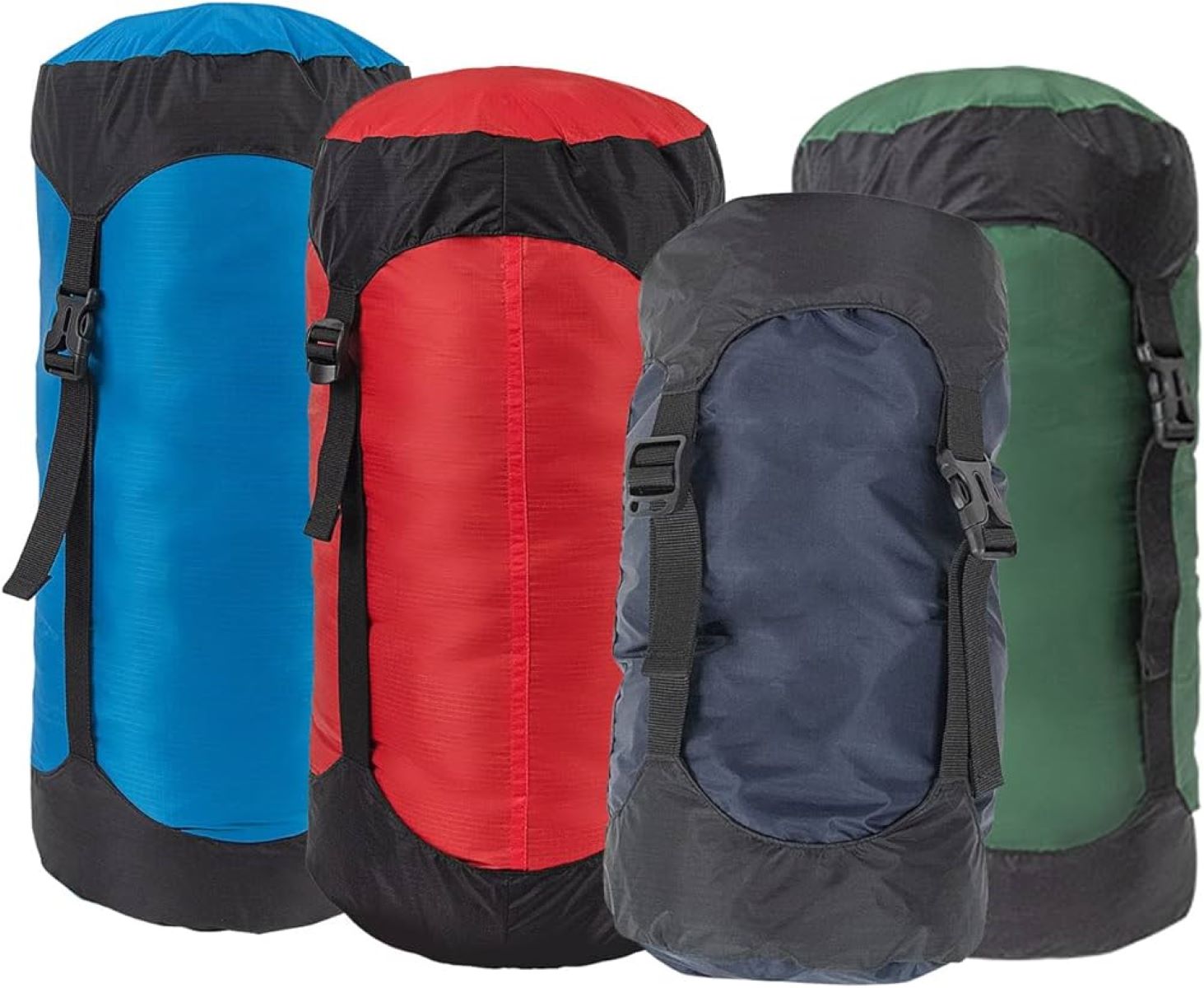
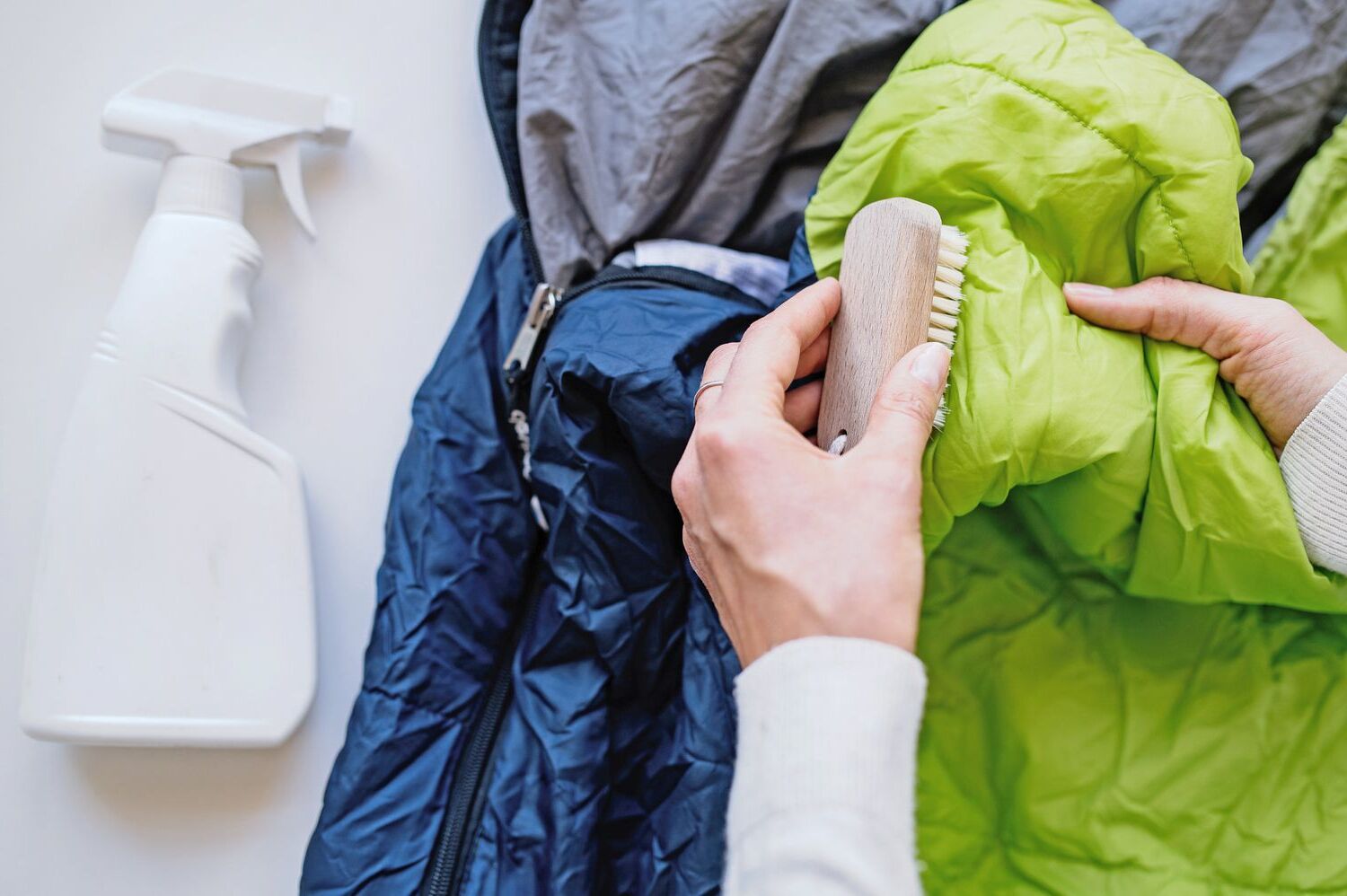

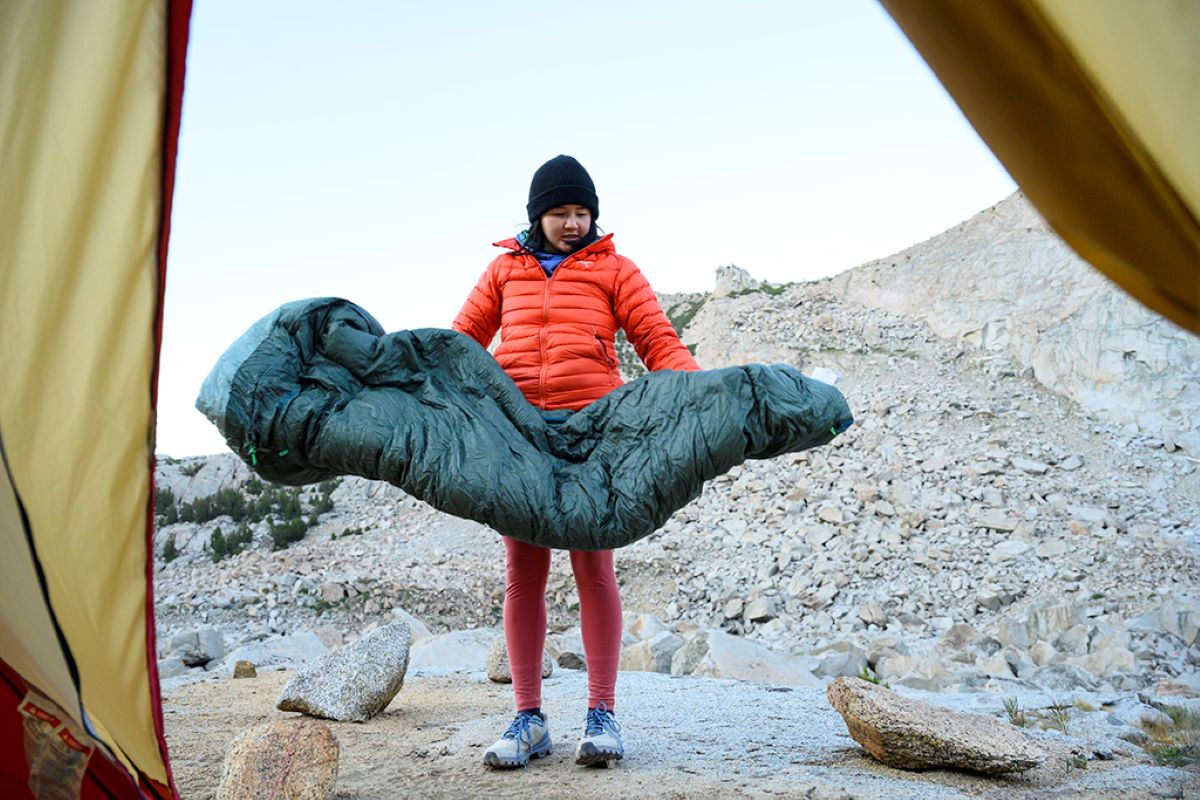
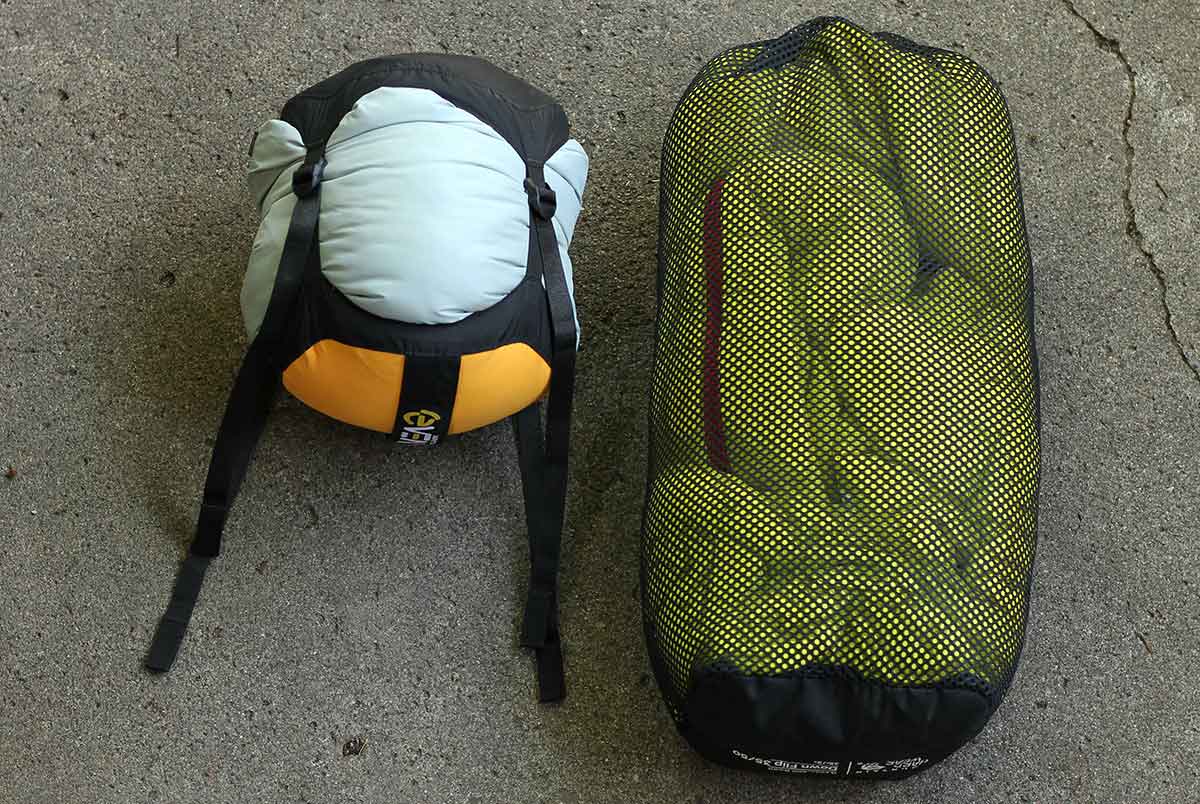









0 thoughts on “How To Store A Sleeping Bag”